Fish health is a crucial aspect of aquarium maintenance, and understanding common diseases can help you manage and prevent outbreaks effectively. This post will explore the differences between two common fish diseases, Ich (Ichthyophthirius multifiliis) andEpistylis, based on insights shared by our recent FFCD guests, Jen Reynolds and Nora Hickey. Nora is a practicing fish veterinarian currently living, working, and fishkeeping in Washington State and Jen worked as a Senior Biologist in the public aquarium industry for 15 years after completing her studies in aquaculture technology
What is Ich?
Ich, or white spot disease, is among the most common ailments in freshwater aquariums. It is caused by the protozoan parasiteIchthyophthirius multifiliis. The parasite forms small white nodules on infected fish's skin, gills, and fins, its most recognisable symptom. The nodules on the skin are where the parasite feeds, protected from the external environment (and any treatments that might be administered). Ich's life cycle includes a free-swimming stage, making it highly contagious and capable of rapid spread throughout an aquarium.
Jen Reynolds explains, "Ich is notorious for its rapid spread. The parasite's life cycle allows it to infect multiple fish quickly, making early detection and treatment crucial."
Recognising Ich
Fish infected with Ich will often display several signs, including:
- White spots resembling grains of salt on the body and fins
- Rubbing or scratching against objects in the tank
- Labored breathing or gasping at the surface due to gill infection
- Increased mucus production
Nora Hickey told us, "One of the first signs you'll notice is your fish rubbing against objects. This behaviour, known as flashing, is an attempt to alleviate the irritation caused by the parasite."
Treating Ich
Treating Ich effectively requires a three-headed approach:
- Temperature Adjustment: Gradually raise the tank temperature to speed up the parasite's life cycle, making it move into life stages susceptible to treatment more quickly.
- Chemical Treatments: Medications containing formalin (with or without malachite green), copper sulfate, and salt are commonly used and effective against Ich. Follow the dosage instructions carefully. The most important part about treating Ich is to treat for a sufficient duration to kill all parasites going through the life cycle.
- Salt Treatments: Adding aquarium salt can help reduce the parasite load and reduce stress. Read more about the benefits of using salt in your aquarium here.
Jen told us, "While raising the temperature can be effective, it's important to do so gradually to avoid stressing your fish further. A few degrees increase over several hours can make a significant difference."
What isEpistylis?
Epistylis, on the other hand, is a less common but still significant disease affecting aquarium fish. It is caused by a protozoan organism that forms colonies on the skin, fins, and gills of fish. Unlike Ich,Epistylis does not penetrate the fish's tissue but attaches itself externally, which can lead to secondary bacterial infections.
Hickey explains, "Epistylis can be often mistaken for Ich or fungal infections due to its white colour and wispy, cottony appearance. However, it is a protozoan forming colony on the fish's surface, distinguishing it from fungi and Ich."
RecognisingEpistylis
Fish withEpistylis infection may show symptoms such as:
- White, cottony spots on the skin and fins
- Red, inflamed areas where the organism has attached
- Lethargy and decreased activity
- Potential for secondary bacterial infections at the attachment sites
According to Jen, “The white spotsEpistyliscauses on the skin can be detrimental to the fish. However, the secondary infections often pose the greatest risk to the fish's health."
TreatingEpistylis
Treatment forEpistylis involves addressing both the protozoan and monitoring for and addressing secondary bacterial infections:
- Water Quality: Improve water conditions by performing regular water changes and ensuring the tank is clean.
- Chemical Treatments: Salt is highly effective againstEpistylis. The same medications that work for Ich also work forEpistylis. Additionally, antibiotics may be needed to treat secondary infections.
- Salt Baths: Like Ich, salt baths can help reduce stress.
Nora adds, "Improving water quality is paramount when dealing withEpistylis. Clean water reduces the likelihood of secondary infections and helps the fish recover more quickly."

Key Differences Between Ich and Epistylis
- Pathogen Type: Ich is caused by a penetrating protozoan ciliate parasite, whereas an external, colony-forming ciliate protozoan causesEpistylis.
- Clinical Signs: Both parasites can present with white spots on the skin of the fish. It is hard to tell the difference between the two parasites without looking at a wet mount of mucous and skin under a microscope.
> In general, Ich is a more likely cause of white spots on the skin after new fish introductions or stressful events in the aquarium such as cold shocks. It presents as small, white nodules that can be distributed across the fish’s skin, fins, and gills.
> In general,Epistylis is a more likely cause of white spots on the skin in an established aquarium with a lot of organic debris or on fish that have skin damage from wounds and trauma. It presents as white spots that can sometimes appear wispy and cottony that can be distributed across the fish’s body, including on the mouth and fins.
- Treatment: Both diseases can benefit from improved water quality and specific chemical treatments, but the approach may vary slightly due to the nature of the pathogens.
Jen highlights, "It's difficult for a home aquarist to be sure of the disease they're treating without a microscope, but focusing on understanding and addressing the root causes of the illness whether it be from stressors such as temperature shock, water quality issues, accumulated debris, or social and behavioural stressors will give your fish the best chance to recover, along with using a treatment that targets these protozoans as noted above."
Preventive Measures
Preventing both Ich andEpistylis involves maintaining a healthy and stable aquarium environment:
-Quarantine New Additions: Always quarantine new fish, plants, or decorations before introducing them to your main tank. Jen and Nora have a guide about how to quarantine here.
- Regular Maintenance: To reduce stress on your fish, perform regular water changes, monitor water parameters, and keep the tank clean.
-Healthy Diet: A balanced diet strengthens your fish's immune system.
-Manage Social Stress: Observe the social interactions and manage any aggressive behaviour occurring in your aquarium to prevent any fish from being chronically stressed by others.
Nora advises, "Prevention is always better than cure. By maintaining optimal water quality and minimising stress, you can significantly reduce the risk of these diseases."
By understanding the differences between Ich andEpistylis, aquarists can take proactive steps to protect their fish from these common diseases. Stay vigilant, and your fish will thrive in a healthy, stress-free environment.
Watch the entire livestream on the Fish Room YouTube channel for more insights from our recent guests.
Read more from Jen and Nora at fishkeep and chill including an in-depth conversation about Ich andEpistylis here.
We would like to thank Jen Reynolds for the image of Pelmatochromis nigrifasciatus with White Spots
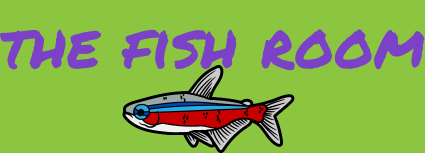
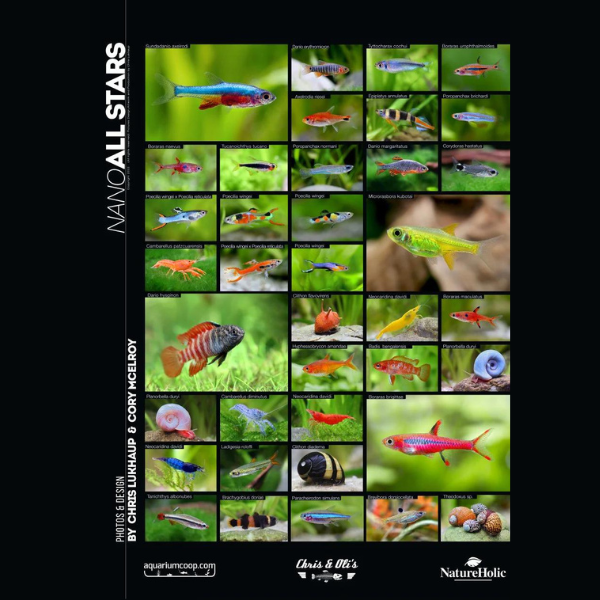
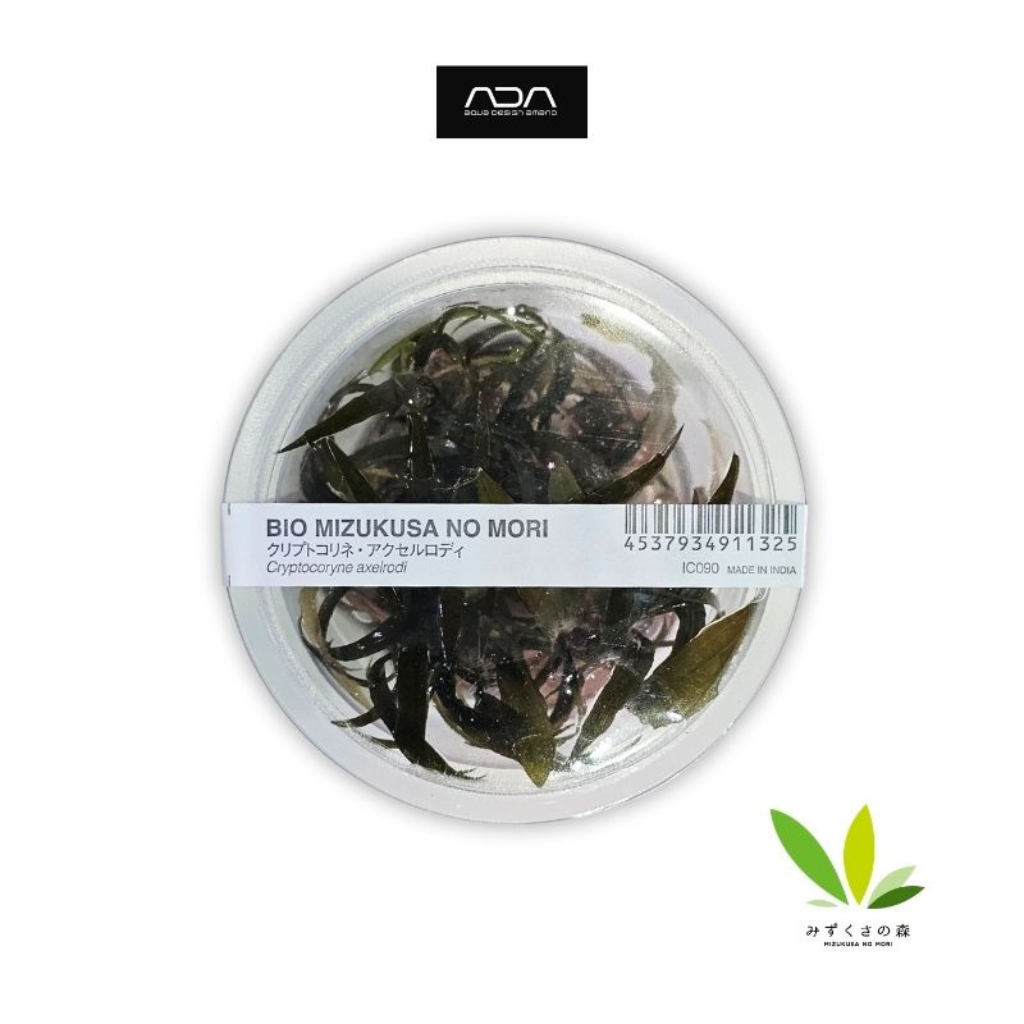
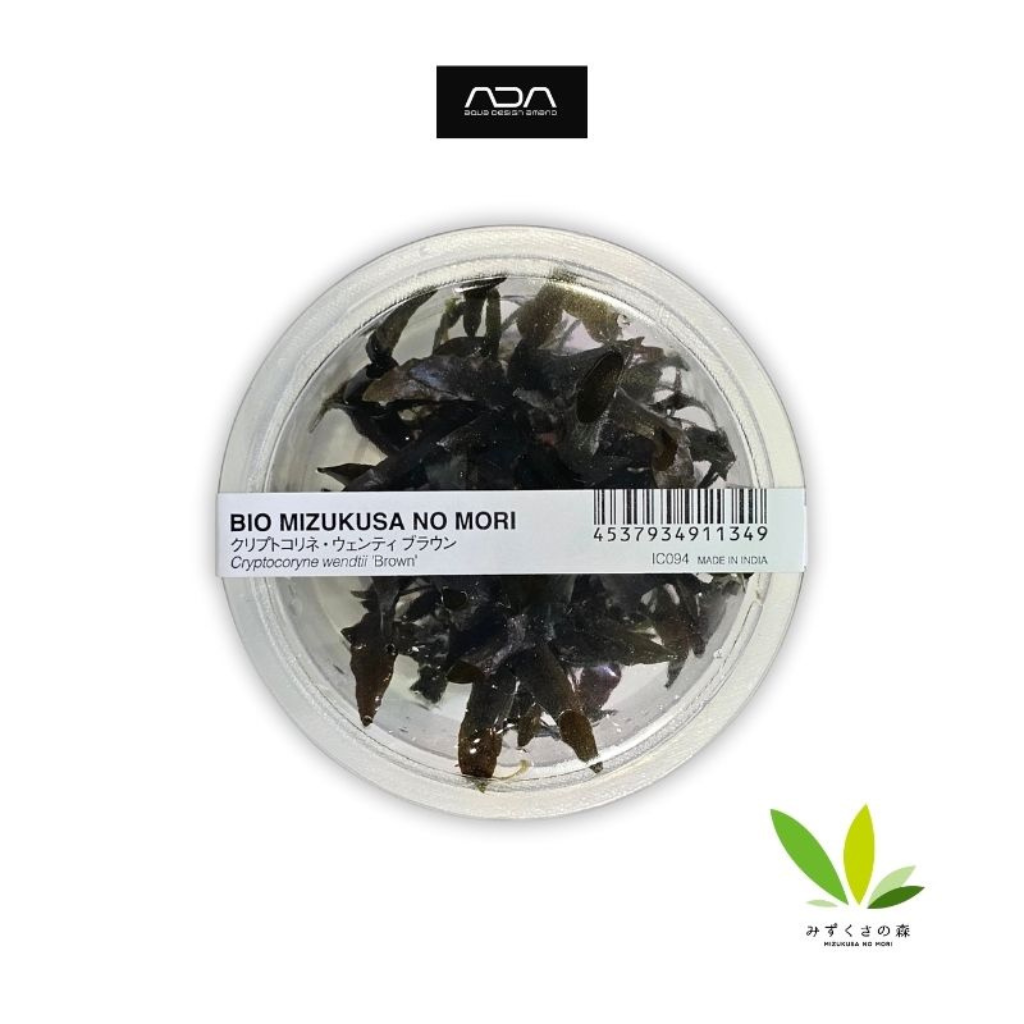
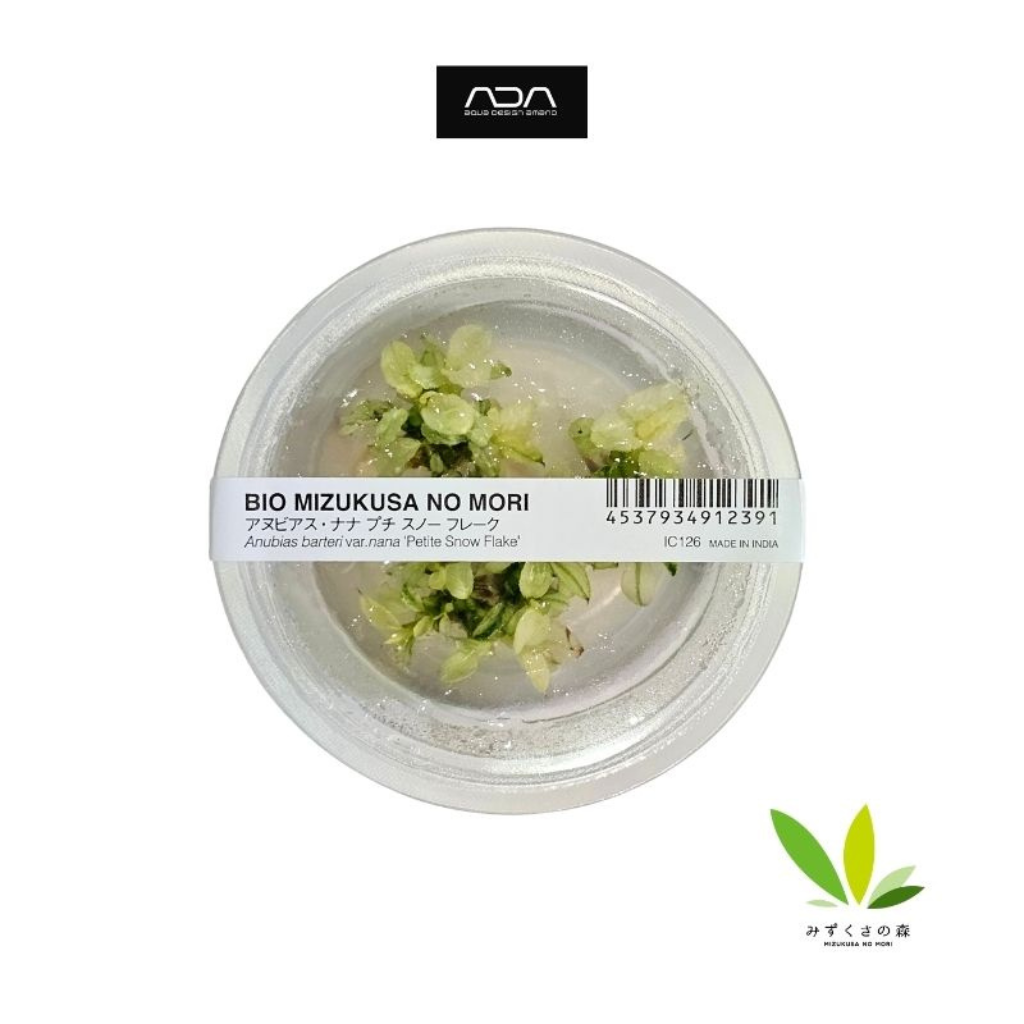

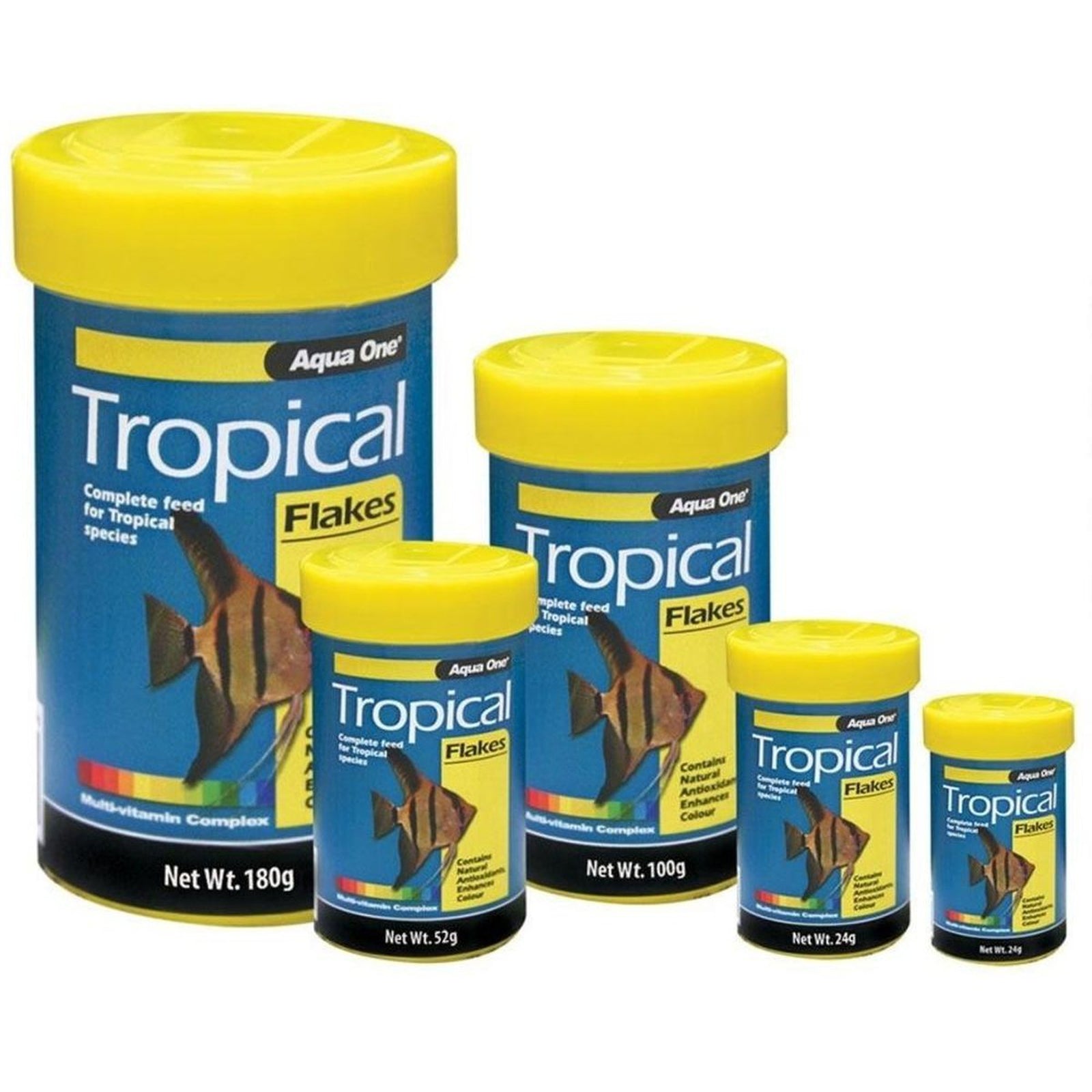
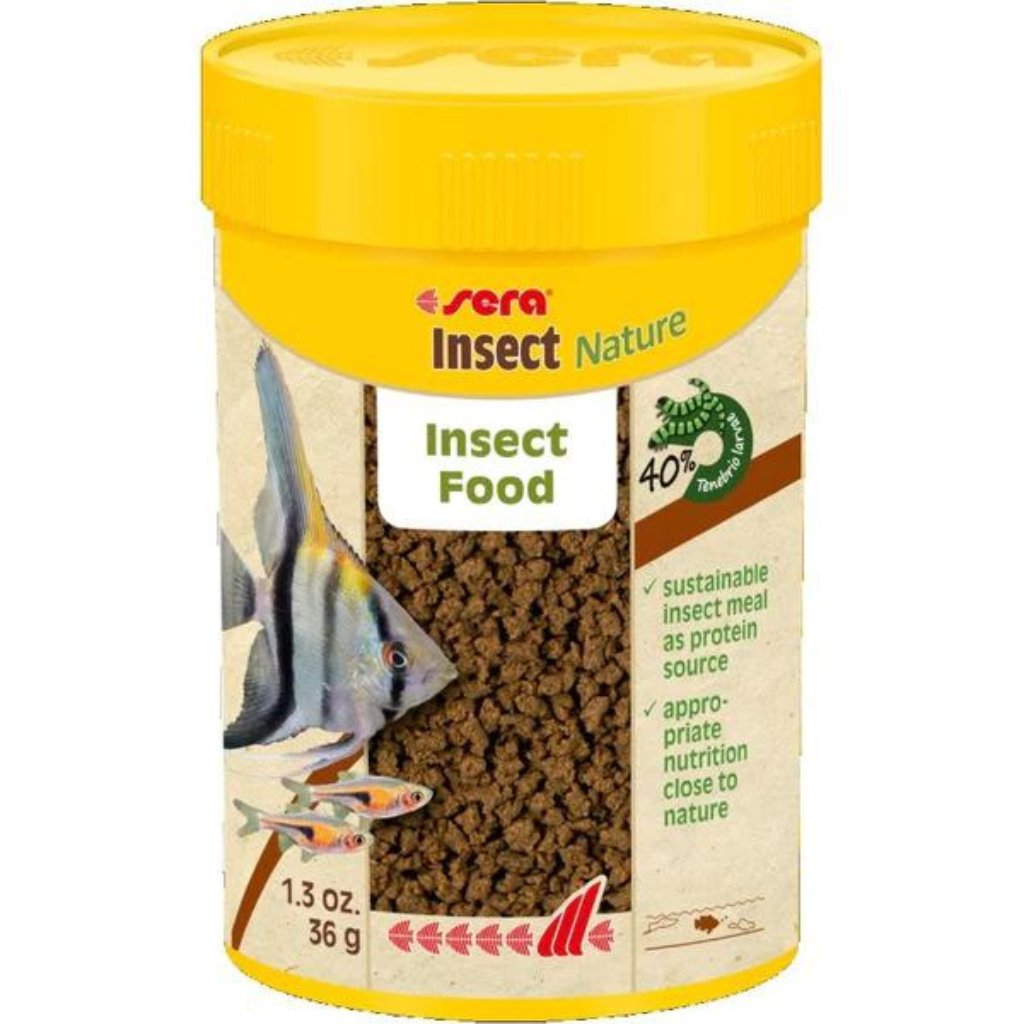
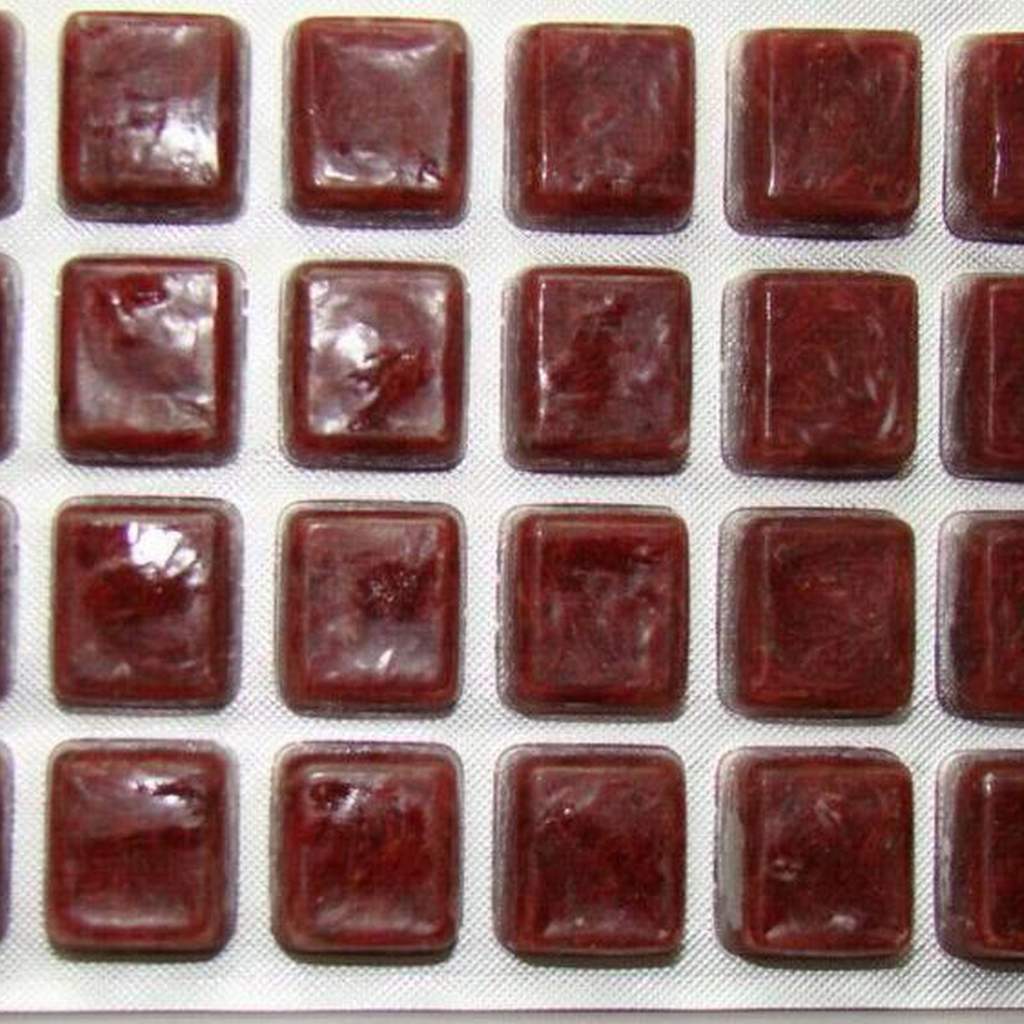
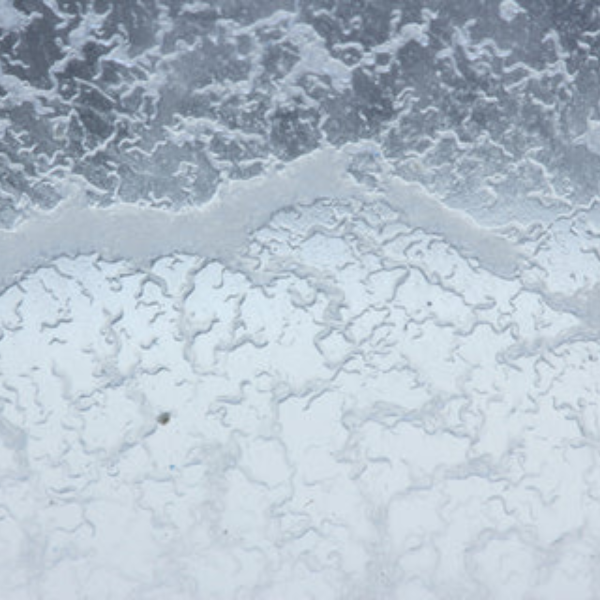
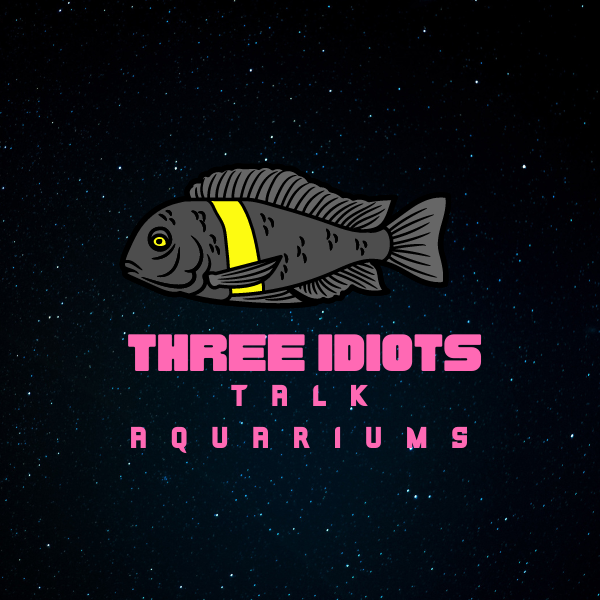


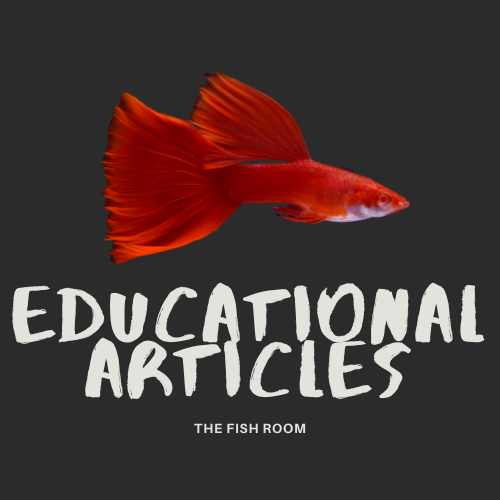
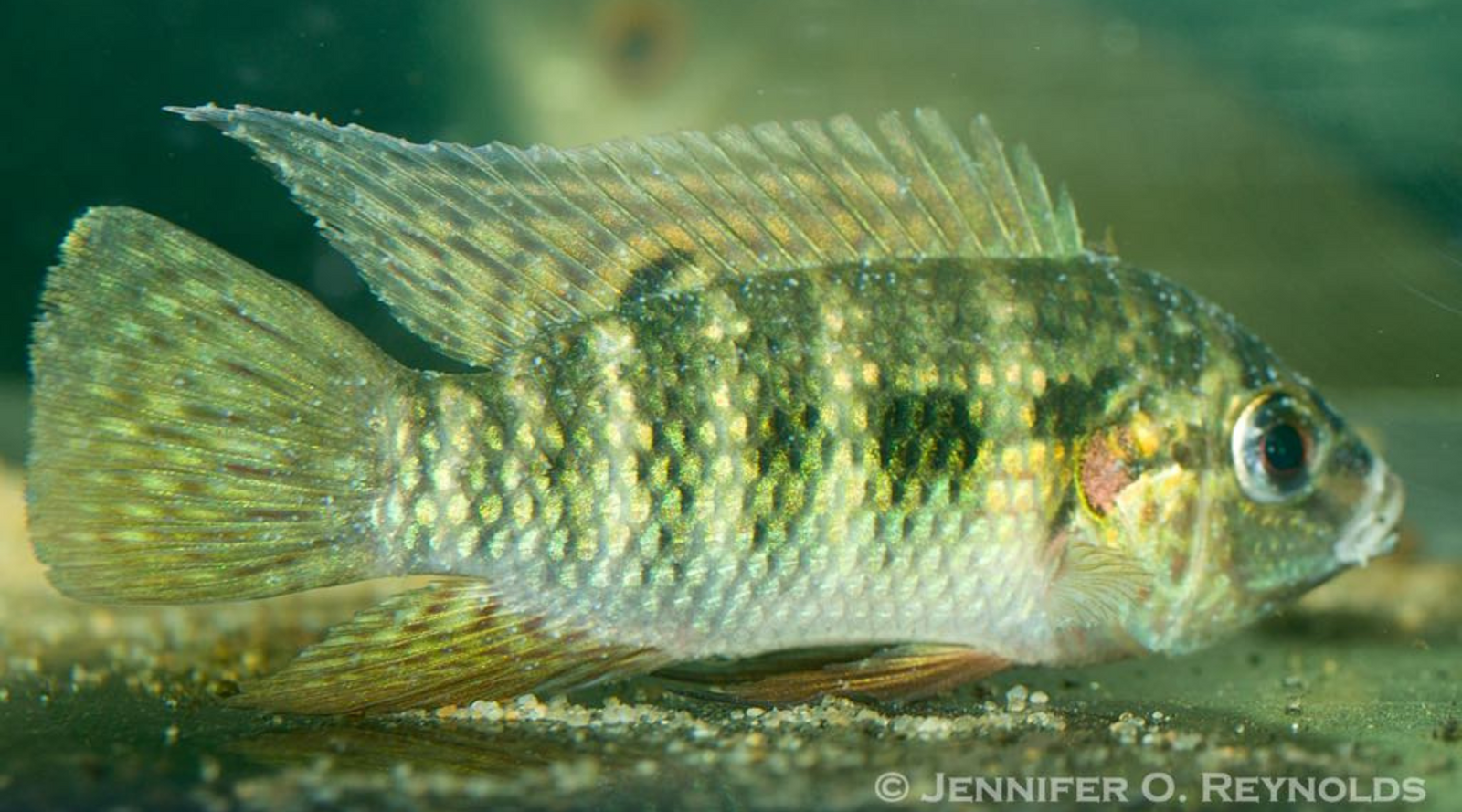
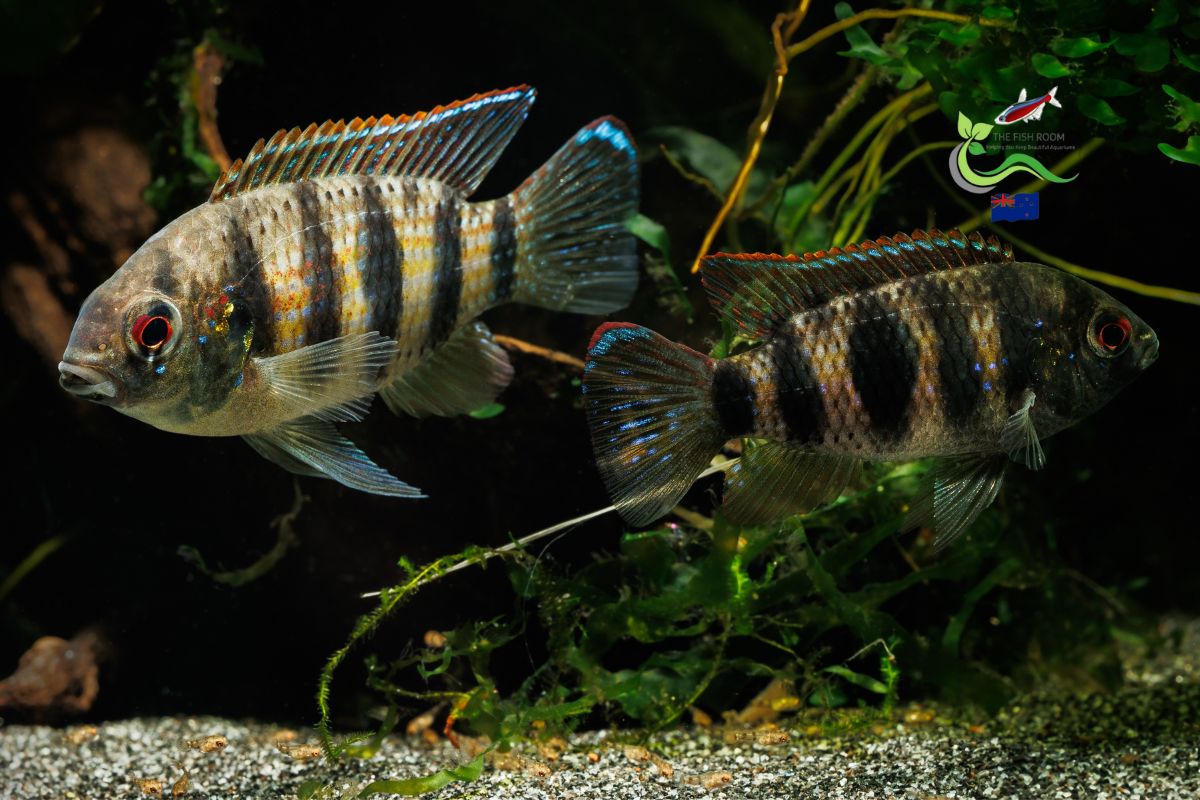
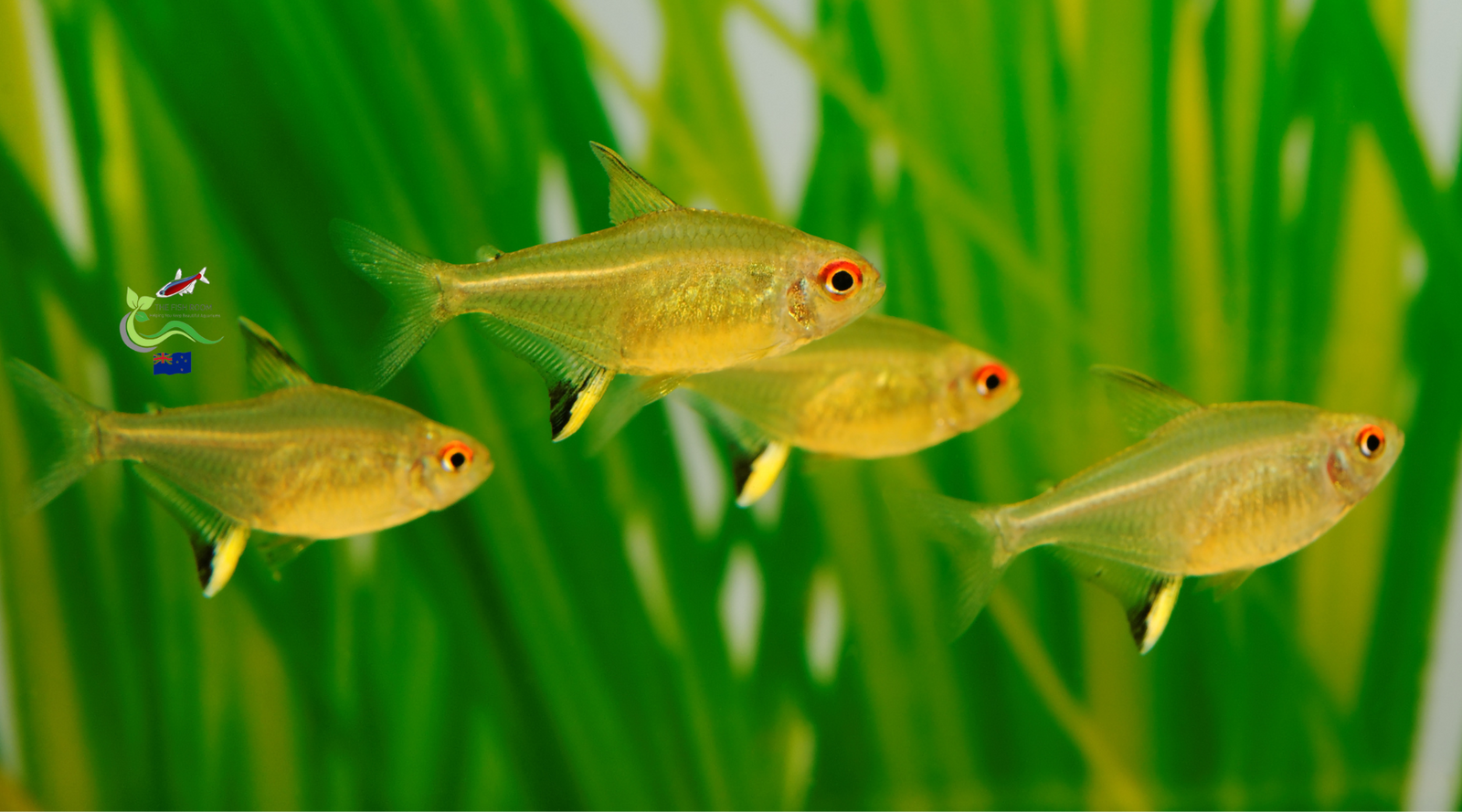
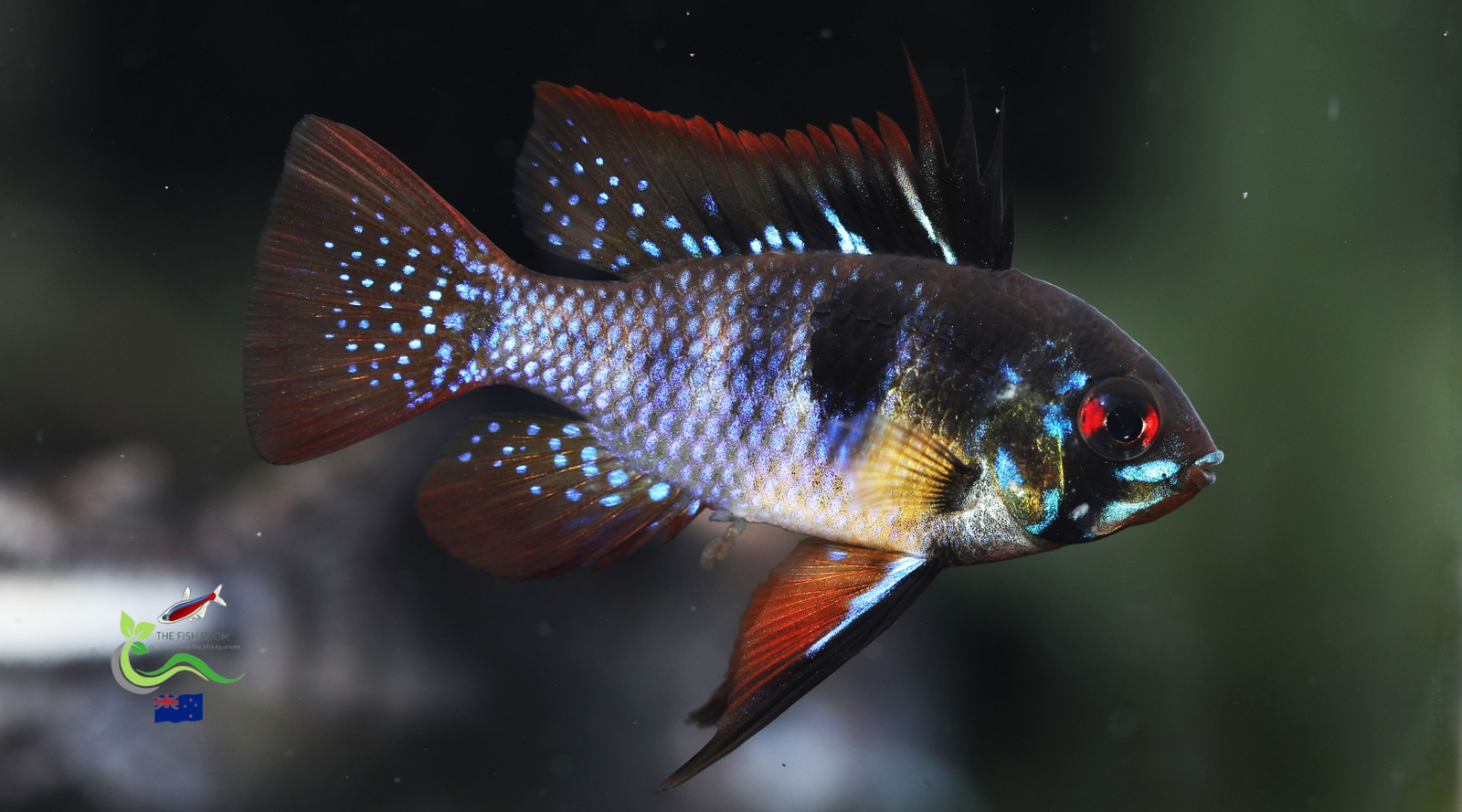
Leave a comment (all fields required)